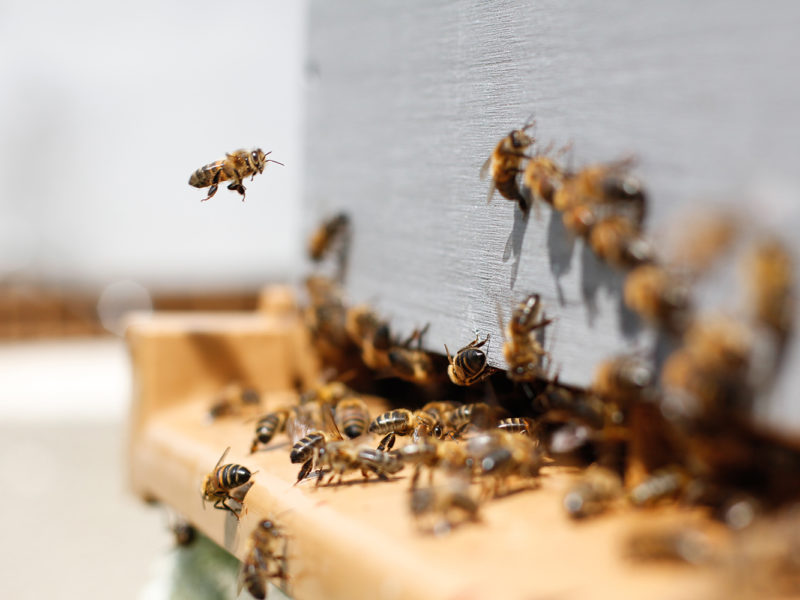High winter colony losses were among the issues discussed at the semi-annual meeting of the BC Honey Producers Association in late March.
“I personally lost between 80% to 90% of my own colonies this winter and I have talked to others who have had the same results and some who have had no losses at all,” says association president Heather Higo. “We are putting our heads together and trying to figure out what is going on.”
Lower Mainland beekeepers are some of the first to open their colonies each year. Langley Bee Club first vice-president Carolyn Essaunce reported that the club surveyed members in early February and received 150 responses.
“Keepers with 10 or more colonies have seen 53% losses, and those with one to nine colonies reported 59% losses,” she says, noting that colony losses can continue up until the first flow of nectar in April.
There appear to be three main causes, based on early discussions among beekeepers.
“There were higher-than-usual varroa mite loads going into the winter, despite summer and fall treatments,” says Essaunce. “We also saw cases of dysentery, and we believe that the age and source of queens is also a factor.”
She says colonies with local first-year queens seemed to overwinter better.
Essaunce encouraged association members to fill out provincial apiarist Paul van Westendorp’s early spring survey, distributed by email to registered beekeepers with 25 or more colonies.
“We have an increasing concern over winter mortalities,” says van Westendorp. “[The survey] is very short and will give us an idea of the projected losses and we may contact you again for samples.”
Van Westendorp explains that this is separate from the regular spring survey circulated in May.
“We are getting alarming reports, not just from the Fraser valley but other parts of the province. We want to get an idea of the damage,” he says.
According to the Canadian Association of Professional Apiculturists, winter colony losses in BC averaged 20.3% last year and 31.9% in 2019.


 Potato growers keep seed treatments
Potato growers keep seed treatments